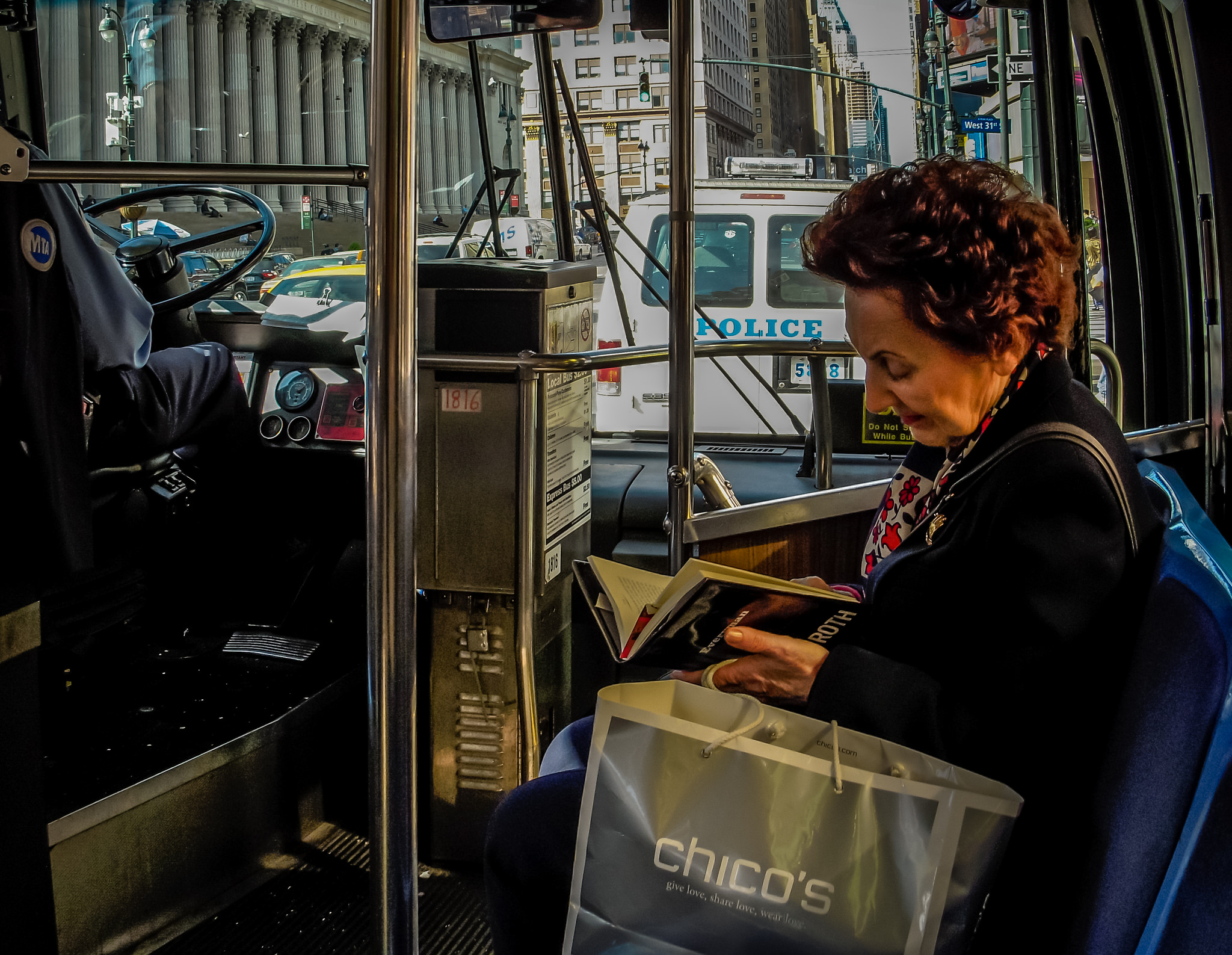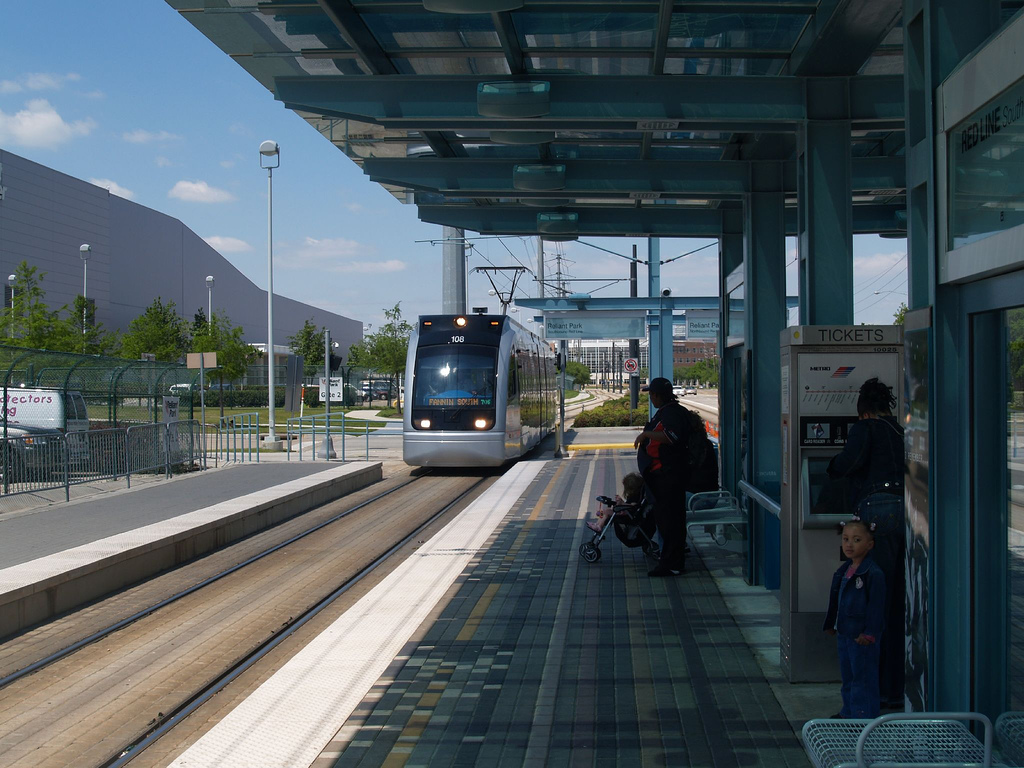By far the most common way to measure transit use is “commute mode share,” or the percentage of workers who use transit to get to their job. For the most part, this is a measure of convenience: it’s the most direct way the Census asks about transportation, which means it’s the easiest way to get consistent data from any city or metropolitan area in the country.
But it also has a lot of problems. For one, the vast majority of trips—about 84 percent—aren’t simple home-to-work commutes. And it’s not just that people who work also go to the grocery store, restaurants, or friends’ homes. Lots of people don’t work at all, and those people—largely students, the elderly, or people with disabilities – are disproportionately likely to use transit for all or almost all of their trips. Finally, plenty of people who do work might drive three or four days a week and take transit the other one or two. But since the Census only asks about what they do most of the time, they’ll show up as “drivers.” All of these things will tend to undercount a place’s reliance on public transit.

A handful of people have proposed their own measures to try to correct for some of these problems. One of the best came from Reuben Fischer-Baum at FiveThirtyEight, who ranked American cities based on annual transit trips per capita. That has the advantage of counting all trips, whether they’re work-related or not. It can’t, however, tell you much about the distribution of use across people: maybe a place scores highly because ten percent of people use transit a lot, or 40 percent of people use transit occasionally.
In the spirit of this work, City Observatory would like to offer our own measures of transit use, based on data from the Census’ American Housing Survey. (The 2013 AHS includes just 25 metropolitan areas, which is why many larger cities are left out of our list below.) And these measures suggest that, indeed, commuting mode share dramatically understates Americans’ reliance on transit.
The first, more restrictive measure is the percentage of households that report using transit to get to school or work “sometimes, most of the time, or always” (leaving out people who reported “once in a while” or “never”). The second, broader measure is the percentage of households that report using transit for any purpose.
These measures have two big advantages over commute share. First, like Nate Silver’s index, they include a broader sample of trip destinations than just work. Second—just as importantly—they recognize that transportation decisions are usually made at the household level, not individual. Consider a couple who both work outside the home. That is, if a man takes the bus to work, then his wife or husband also depends on that transit service, even if they usually drive. After all, if the bus stops running, they’re going to have to figure out a way to carpool, or even buy another car—a major logistical or financial burden for many families. The same is true for parents of children who take transit to school, or adult children who live with elderly parents who rely on transit to get to social services or other activities.
That means that these figures better demonstrate the number of people with a direct stake in transit service, whether or not they themselves ride it on a regular basis. (Of course, lots of people who “have a stake” in transit are still left out, including people who would like to use transit but can’t because the service isn’t good enough, or people who drive but benefit from reduced congestion because of transit, or employers whose employees wouldn’t be able to show up for work without transit.)
And that matters because the people who make decisions about transit investments—politicians—look at how many of their constituents benefit from a given service as a major component of whether they benefit politically from supporting it.
And if they’re just looking at commute share, they’re looking at too few people. Even transit-rich metropolitan Boston doesn’t look so great by that metric: only 12 percent of workers there usually take transit to their jobs. But 29 percent of households include someone who regularly takes transit to school or work, and fully 56 percent of households use transit for at least some of their trips. In sprawling Houston, just 2 percent of workers commute with transit – but more than twice that proportion of households use transit for work or school, and more than one in ten households use transit for some of their trips. That’s still not great, but it’s much more significant than the minuscule commute numbers. It also suggests that even in one of the most transit-hostile regions of the country, a remarkable number of people find public transit useful for certain trips, forming a toehold for better service to produce even more ridership.

Of course, critics of these measures will point out that using households rather than individuals will make the proportion of car use increase, too, since a large number of households use both transit and private automobiles. But that’s really the point: people’s transportation behavior is much more diverse and flexible than the simple commute numbers suggest, and we ought to be giving as many people as possible as many choices as possible so they can determine what makes the most sense for a given trip.
In the end, the fact that transit use is broader than we think is evidence of its usefulness, and evidence that where service is adequate, many people will recognize that usefulness. But the case for better transit service goes beyond that. It’s about connecting people with opportunities in an affordable, efficient way, whether that’s a job or a cultural event. It’s about giving people the freedom to access what their own city has to offer. Everyone ought to have that choice.
